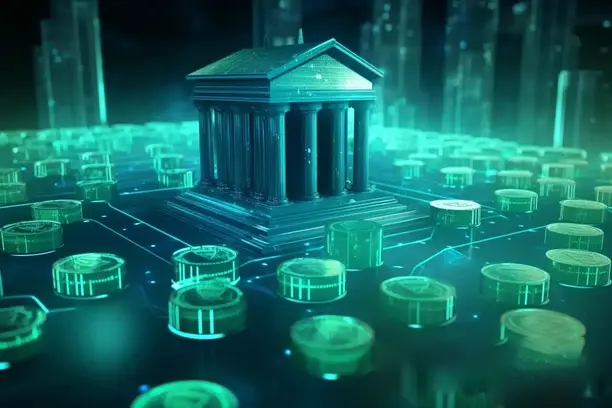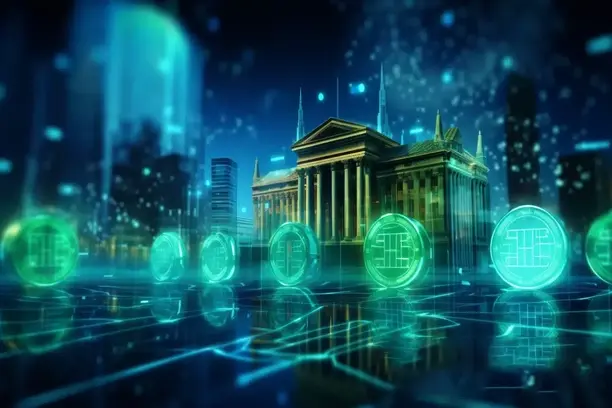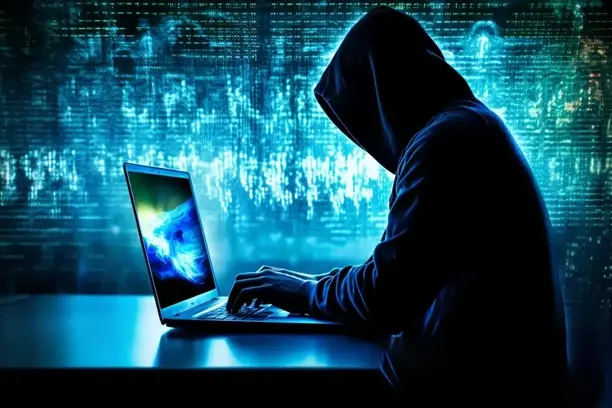NFT digital collection is a unique digital asset based on blockchain technology with irreplaceability and ownership confirmation. With the popularization of cryptocurrencies and blockchain technology, NFT has become an important part of the digital art, gaming and entertainment sectors. This article will delve into the core features of NFT digital collections to help readers understand their unique nature and how to participate in this emerging market.

What is the NFT Digital Collection?
NFT (Non-Fungible Token) is a special type of digital asset that represents a unique item or content registered on the blockchain. These digital collections are usually expressed in the form of content such as artwork, music, videos, game props, etc., and each NFT has a unique identifier that makes it impossible to be duplicated or replaced on the blockchain.
Unlike cryptocurrencies such as Bitcoin or Ether, NFTs are irreplaceable, meaning that each NFT is unique and cannot be replaced by another. This is the biggest difference between NFTs and traditional "homogenized tokens".
Core Features of the NFT Digital Collection
1. Irreplaceability
The most important feature of NFTs is their irreplaceability. Each NFT represents a unique digital asset, which means that even if two NFTs appear to be identical, they have different blockchain identifiers. Each NFT has an individual digital signature and transaction history, ensuring the uniqueness and authenticity of its ownership.
For example, an artist's digital painting on the blockchain generates an NFT that is not reproducible, which gives it a unique value in the marketplace. Even if someone else could copy the image of the painting, they would not be able to take ownership of the NFT.
2. Open and transparent ownership
Another distinguishing feature of NFT is that its ownership is open and transparent. This is because NFT's transaction records and ownership information are stored on the blockchain and can be accessed by anyone. This transparency ensures the authenticity and history of NFT, and users don't need to worry about whether the digital collection they are buying is genuine.
For example, when purchasing a digital artwork, a buyer can directly check NFT's transaction records on the blockchain to confirm whether it is a genuine work by that artist. This point makes NFT very attractive in the art market, especially in the digital art market.
3. Programmability and smart contracts
NFTs can be programmed with smart contracts, making their transactions and application scenarios more flexible and diverse. Smart contracts are self-executing protocols that run on the blockchain, and they can set NFT's trading conditions, creator royalties, transfer restrictions, and more.
For example, certain NFTs can set creators to receive a certain percentage of royalties on each resale. This automated enforcement of rules greatly simplifies the process of distributing income to creators and increases the viability of NFTs as a tool for the creative industries.
4. Decentralization and security
NFT's transactions are conducted on a decentralized blockchain platform, meaning that no single centralized institution can control NFT's transactions or tamper with the records. Through blockchain technology, the process of transferring ownership of NFT is highly secured against third-party interference.
The security of NFT is also greatly guaranteed due to the encryption mechanism of the blockchain. Buyers and sellers can ensure that they can still conduct secure transactions without trust.
Application Scenarios for NFT Digital Collections
1. Digital art market
The initial application scenario of NFT is in the field of digital artwork. In this field, artists upload their digital works to the blockchain for sale through NFT, and buyers can acquire sole ownership of the work by purchasing NFT. For example, digital artist Beeple's work was sold through NFT for a record price of tens of millions of dollars, proving the huge potential of NFT in the art market.
2. Games and virtual goods
The application of NFTs in the gaming field is also growing, and many games have begun to use NFTs as a representation of in-game items. For example, players can purchase and trade NFTs such as in-game virtual items, skins, characters, etc. These NFTs have unique properties and scarcity, which make them important objects for players to collect and trade.
NFT also enables players to transfer virtual items between different gaming platforms, increasing the liquidity of gaming assets.
3. Cultural and entertainment industries
In addition to art and games, NFTs have been widely used in music, movies, and sports. For example, singers are releasing NFTs of their musical works, which fans can purchase to gain access to exclusive content or opportunities to interact with the artist.NFTs have also brought innovations to the sports industry, such as the ability for fans to purchase NFT cards of their favorite players to enjoy a unique collector's experience.

How can I participate in the NFT Digital Collections Market?
1. Choosing the right platform
To participate in the NFT market, you first need to choose a platform that supports NFT transactions. Currently, there are several platforms in the market that support the purchase, sale and creation of NFTs, such as OpenSea, Rarible, SuperRare and so on. These platforms provide a rich collection of NFTs, which users can choose to buy according to their interests.
2. Creating digital wallets
Participating in NFT trading requires a digital wallet to store your crypto assets and NFTs.Currently, Ether is the most commonly used blockchain for NFT trading, so you need to choose an Ether-enabled digital wallet, such as MetaMask, Trust Wallet, and so on. With a digital wallet, you can securely store and manage NFTs.
3. Understanding market dynamics
The NFT market is characterized by high price volatility, so participants need to keep an eye on market movements to understand which NFTs have potential. By analyzing the historical trading data of NFTs, the reputation of collectors and creators, etc., it can help you make more informed investment decisions.
summarize
As an emerging digital asset, NFT digital collections are gradually changing the landscape of several industries, including art, entertainment, and gaming, by virtue of their irreplaceability, transparent ownership, and smart contracts. Although the market is still developing, NFT has become a hot topic in the digital age. If you are interested in digital art and virtual goods, try to enter this emerging market and explore more opportunities.







